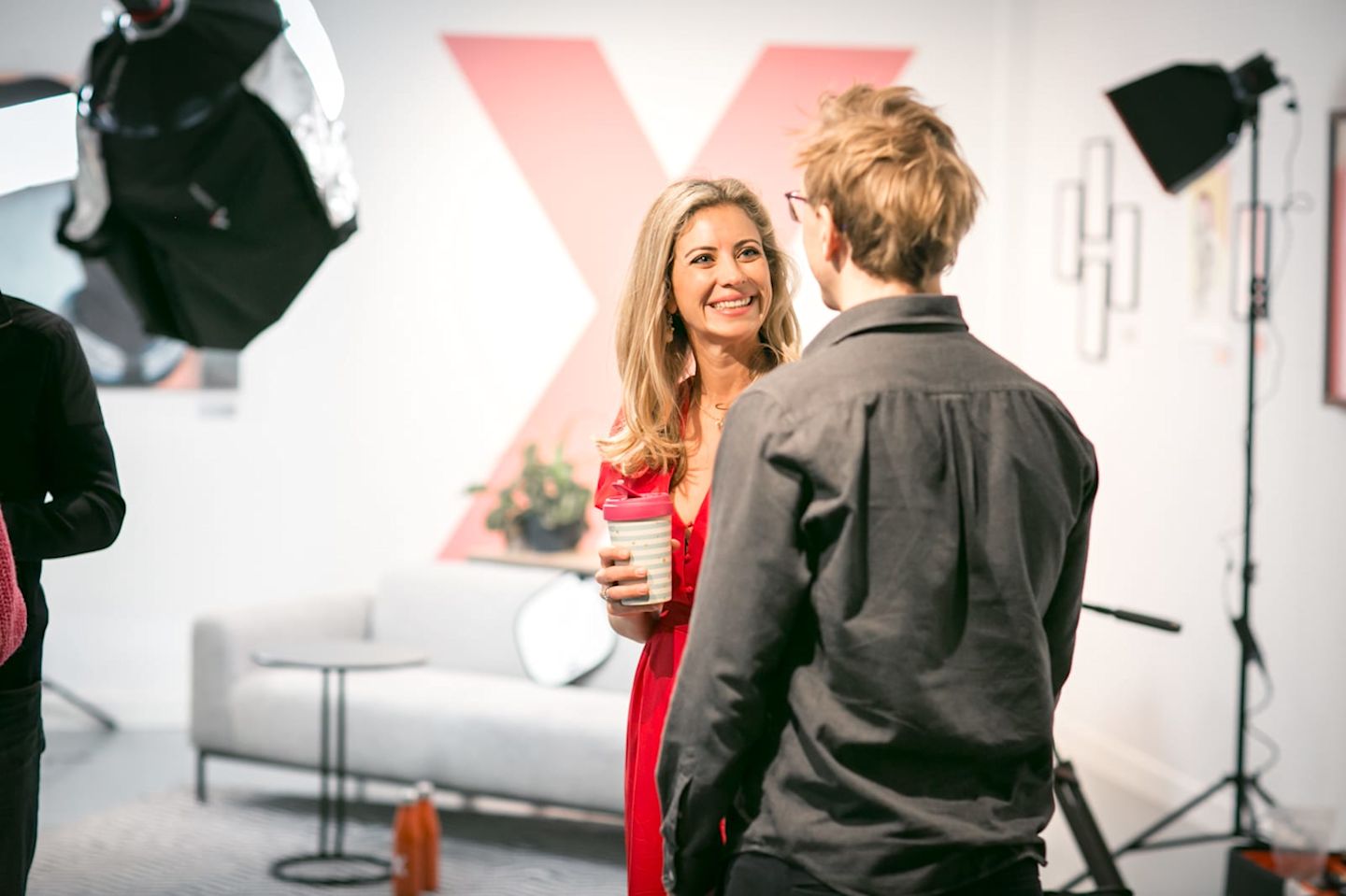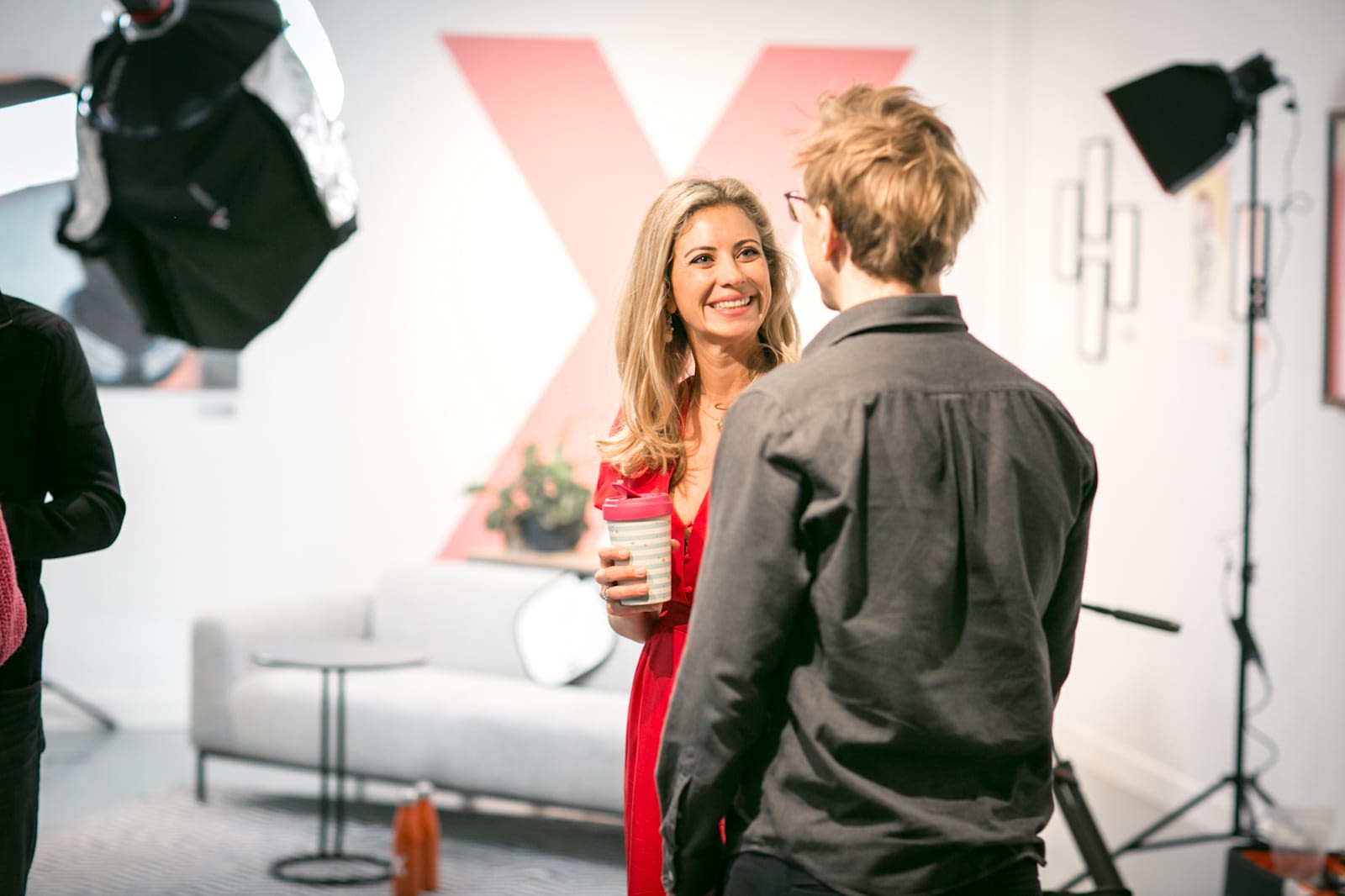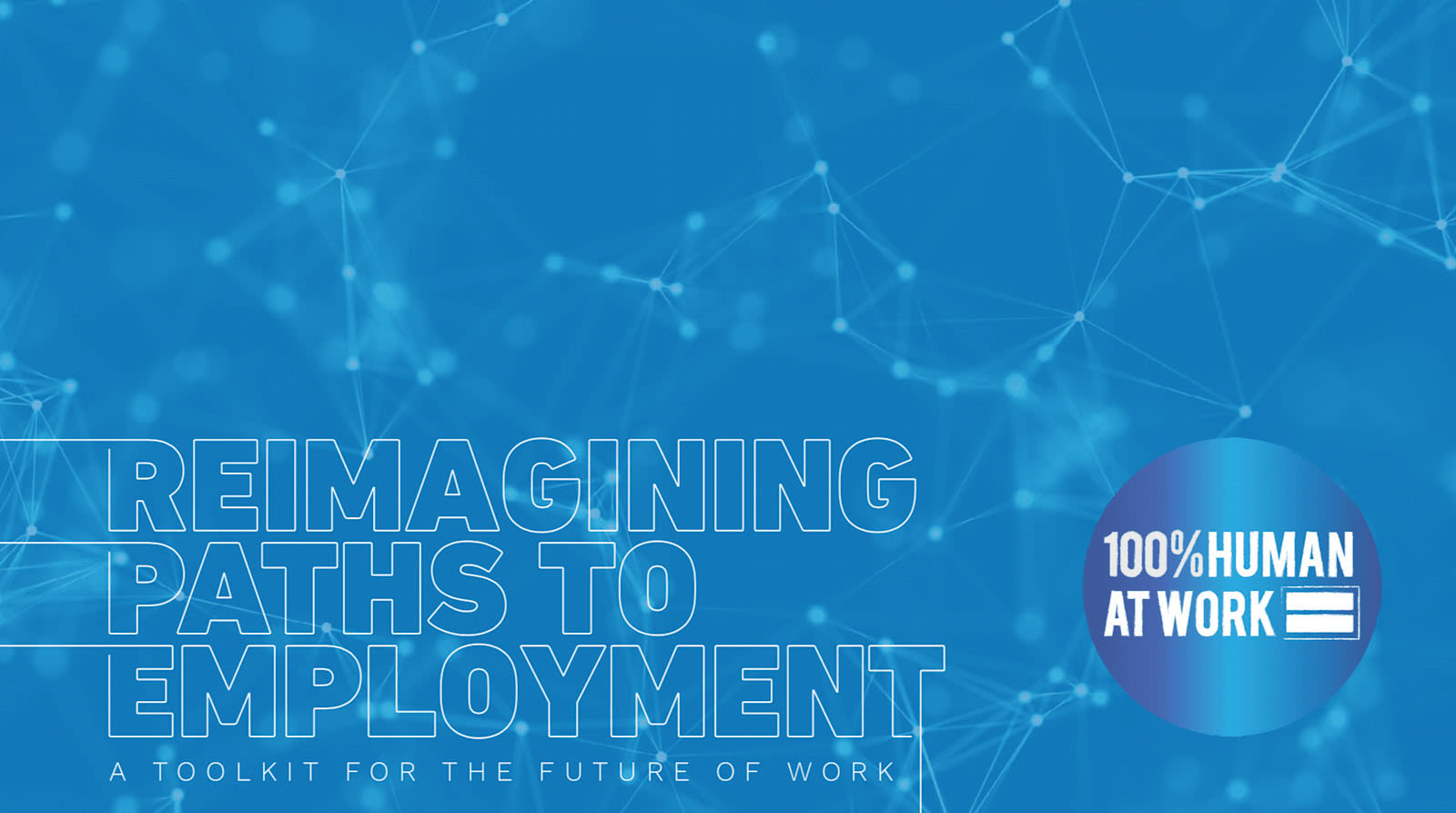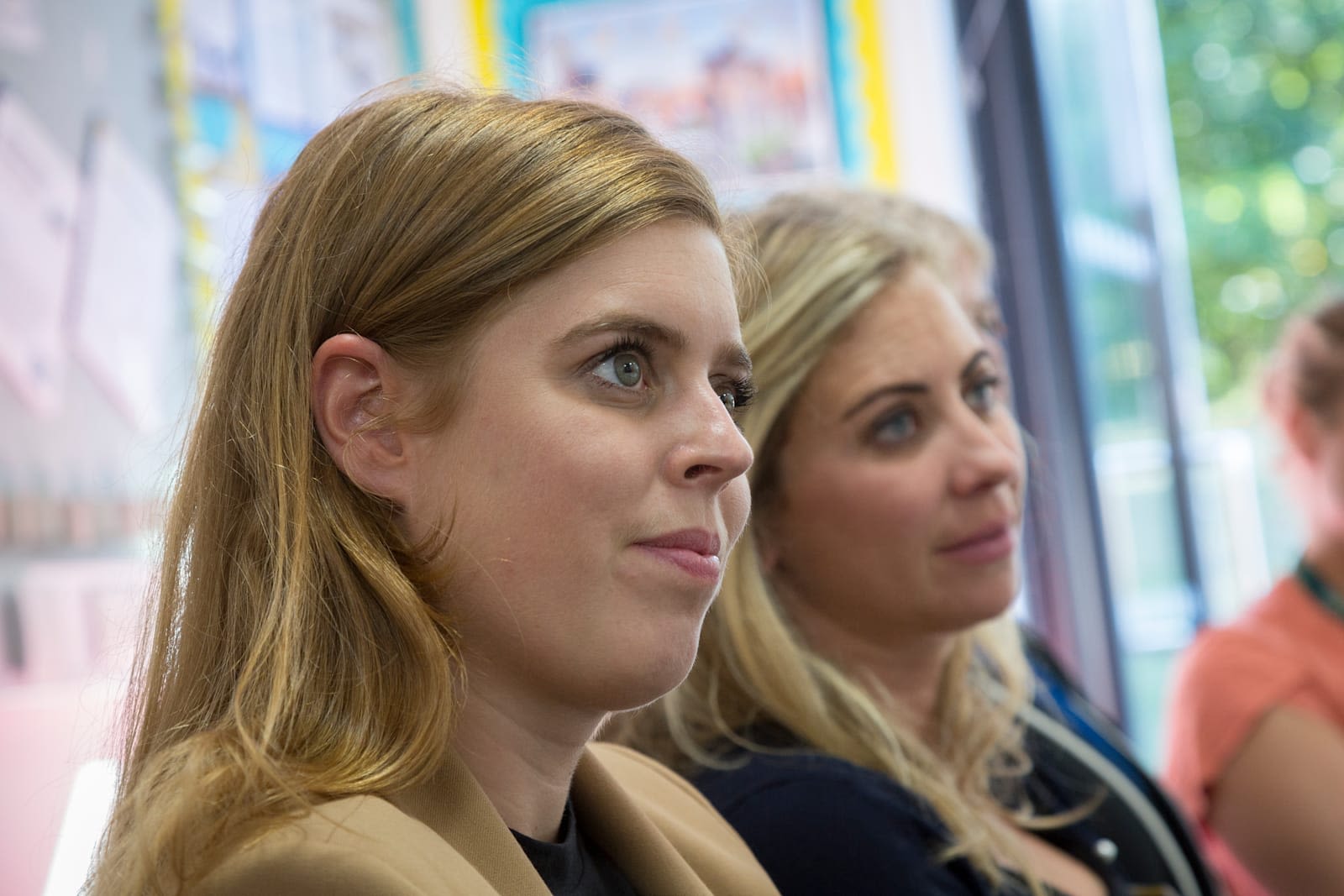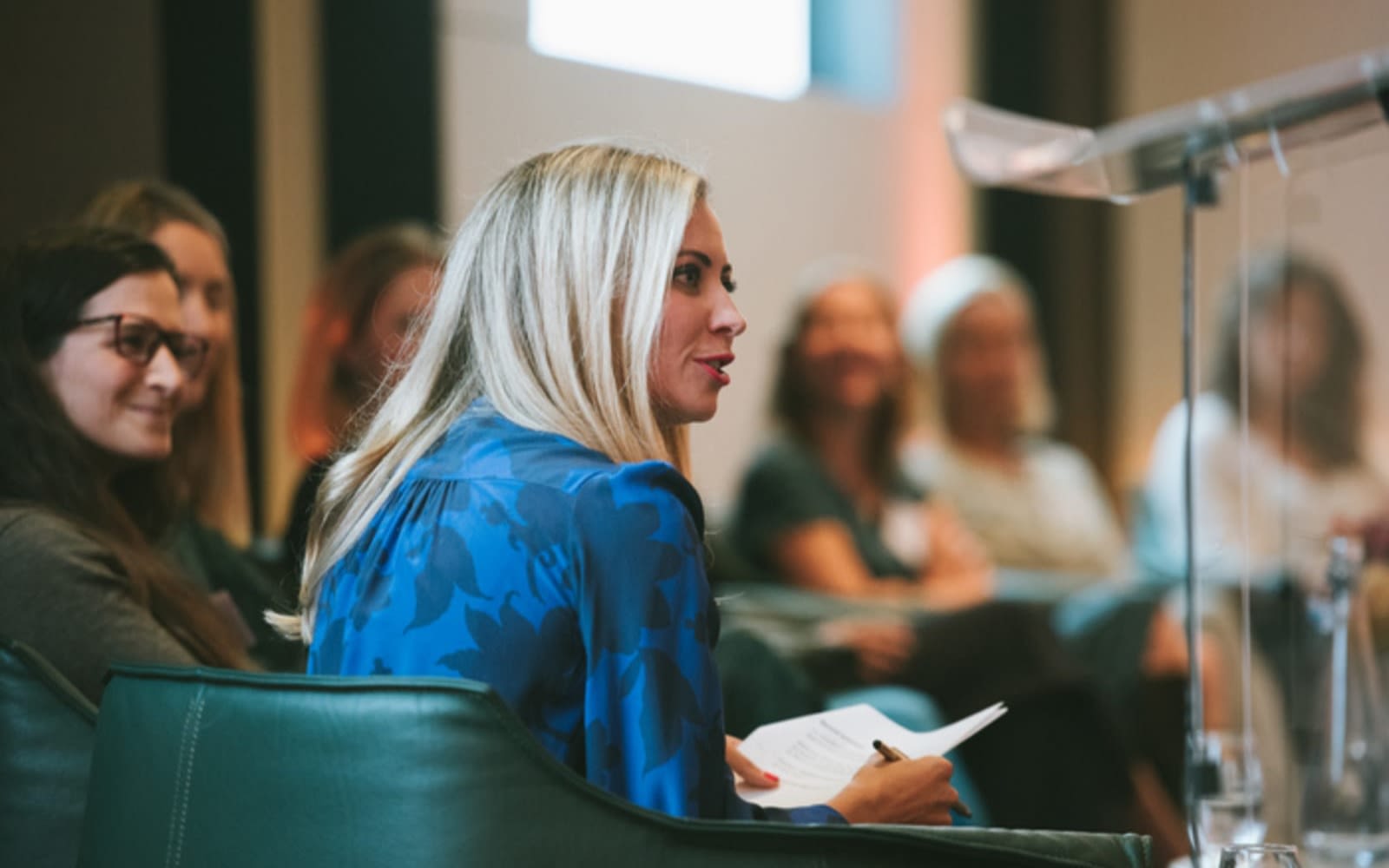A guide to hiring for the future
The world of work is changing at a rapid pace and it’s more important than ever to maintain a people-first approach to business.
As the rise of A.I. and technology advancements create an ever larger skills gap, one of the first areas a business should address is recruitment. It’s in the best interest of all businesses to actively work with educators and governments to develop the skills that will be needed to succeed in the future.
To address this, 100% Human at Work have created a very useful, practical toolkit to help businesses look ahead and reimagine the paths to employment. Specifically, the toolkit looks at two important questions:
1. How do we find and engage with the people we need for the future and change in a way that serves humanity and the world?
2. How does this connect to the future of education and what is the role business can play in shaping the skills we need for the future?
100% Human at Work was created by The B Team and Virgin Unite from the belief that businesses should think of people as human beings and not as resources. This belief led to an entire network of organisations and business leaders from all over the world that work together to create a better future of work.
It was brilliant to have the team collaborate with Big Change for the recruitment toolkit to look at how business can help educators to bridge the skills gap, reassess the skills we need, rethink qualifications, and better engage with the next generation. Education is where everything begins for business – so it’s important for organisations to become more involved in the sector. As we say at Big Change, education is everybody’s business.
You can download the toolkit online and I do hope you find it insightful and share it among your friends and colleagues! To get you started, here’s a few questions to get you thinking about how to future-proof your workplace:
1. What skills does your organisation need so you can keep pace in the fast-changing world of work?
2. How can you find and engage with the people and talent you need for future success? How can you and your teams evolve in a way that serves humanity and the world?
3. Are your people equipped for the future? What will their roles look like in five, 10 or 50 years? How can you better train your existing team to fill new roles?
4. Do your hiring practices foster diversity, inclusion and belonging?
5. Are you using technology well and ethically? How can you improve?
6. Are you engaged in the education sector? What can your business do to equip the next generation with the skills they need for the workforce today and in the future?
One final question from me, what changes do you expect to see in your organisation and your role?
